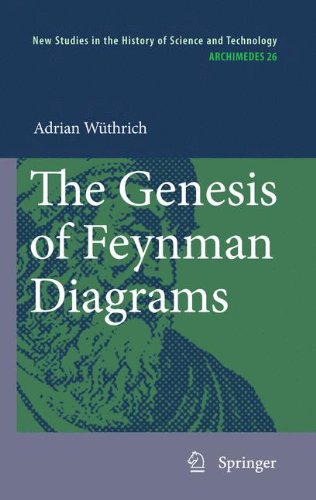

Most ebook files are in PDF format, so you can easily read them using various software such as Foxit Reader or directly on the Google Chrome browser.
Some ebook files are released by publishers in other formats such as .awz, .mobi, .epub, .fb2, etc. You may need to install specific software to read these formats on mobile/PC, such as Calibre.
Please read the tutorial at this link: https://ebookbell.com/faq
We offer FREE conversion to the popular formats you request; however, this may take some time. Therefore, right after payment, please email us, and we will try to provide the service as quickly as possible.
For some exceptional file formats or broken links (if any), please refrain from opening any disputes. Instead, email us first, and we will try to assist within a maximum of 6 hours.
EbookBell Team

5.0
100 reviewsIn a detailed reconstruction of the genesis of Feynman diagrams the author reveals that their development was constantly driven by the attempt to resolve fundamental problems concerning the uninterpretable infinities that arose in quantum as well as classical theories of electrodynamic phenomena. Accordingly, as a comparison with the graphical representations that were in use before Feynman diagrams shows, the resulting theory of quantum electrodynamics, featuring Feynman diagrams, differed significantly from earlier versions of the theory in the way in which the relevant phenomena were conceptualized and modelled. The author traces the development of Feynman diagrams from Feynman's "struggle with the Dirac equation" in unpublished manuscripts to the two of Freeman Dyson's publications which put Feynman diagrams into a field theoretic context. The author brings to the fore that Feynman and Dyson not only created a powerful computational device but, above all, a new conceptual framework in which the uninterpretable infinities that had arisen in the old form of the theory could be precisely identified and subsequently removed in a justifiable manner.